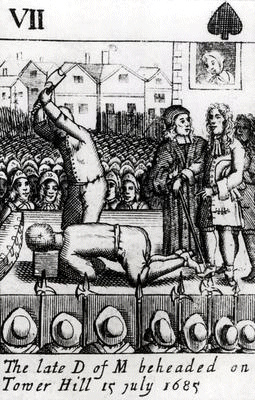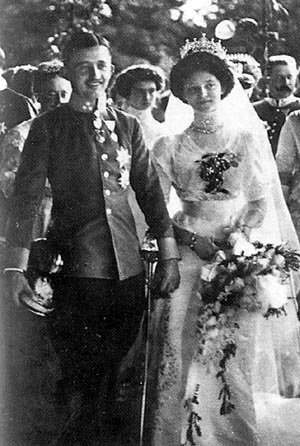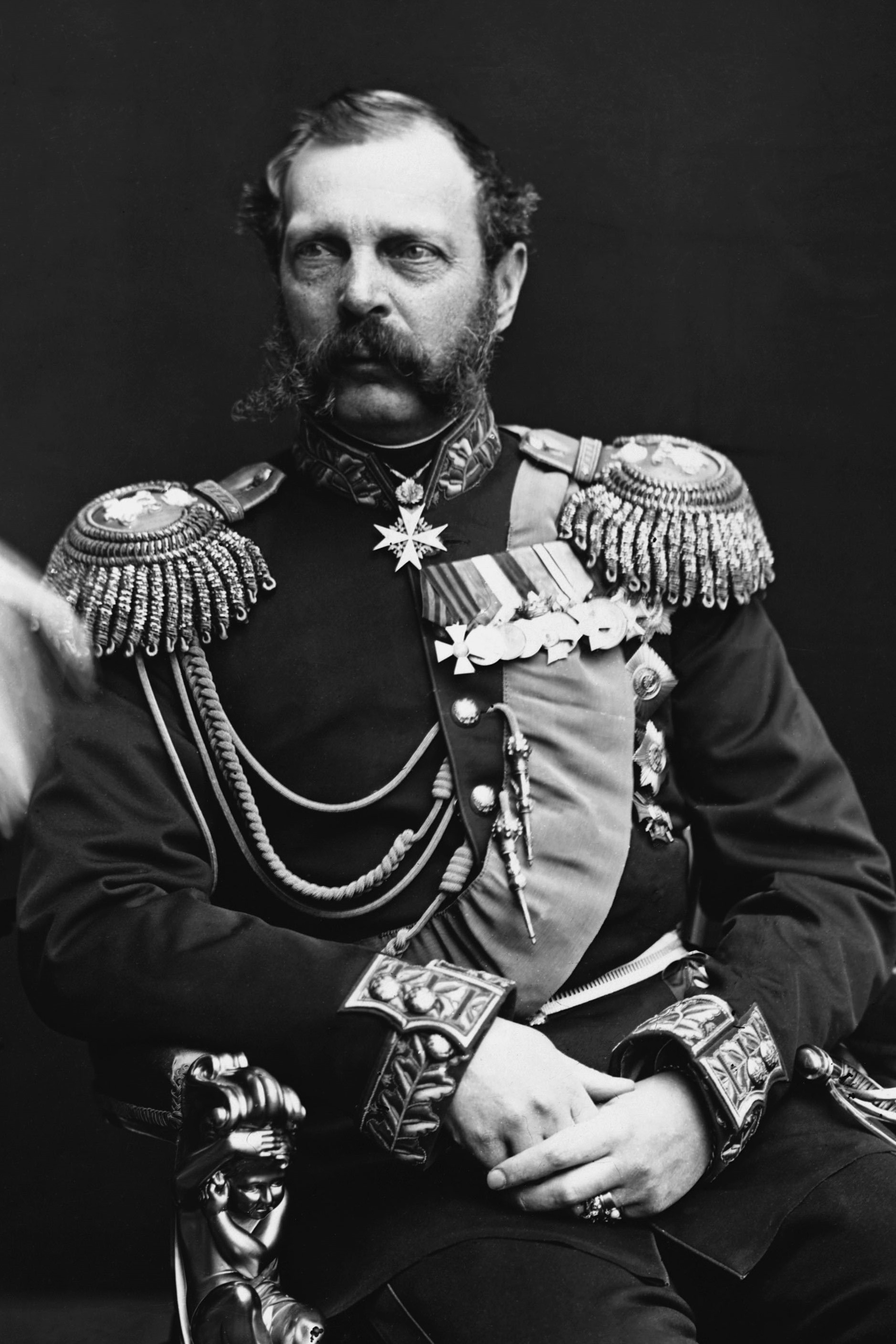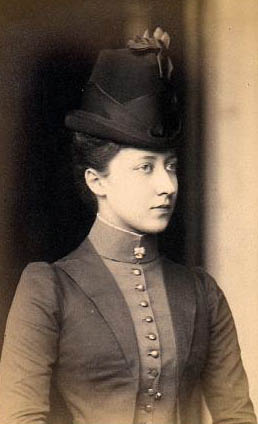by Susan Flantzer © Unofficial Royalty 2014
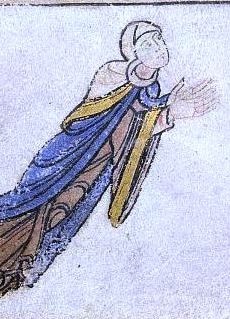
Adeliza of Louvain, Queen of England; Credit – Wikipedia
On November 25, 1120, William Ætheling, King Henry I of England‘s only legitimate son, died in the sinking of the White Ship. King Henry I holds the record for the British monarch with the most illegitimate children with at least 25, but at the time of his son’s death, his only surviving legitimate child was a daughter Matilda, often called Maud(e), who was married to Henry V, Holy Roman Emperor. King Henry’s wife, Matilda of Scotlan,d had died in 1118, and he needed a male heir, so a second marriage became a necessity. King Henry I of England, aged 53, married the 18-year-old Adeliza of Louvain on January 24, 1121, at Windsor Castle in Windsor, England. Negotiations for the marriage probably started before the White Ship disaster.
Adeliza was the eldest child of Godfrey I, Count of Louvain and his first wife, Ida of Chiny. Today, Louvain (French)/Leuven (Dutch) is the capital of the province of Flemish Brabant in the Flemish Region of Belgium and is located about sixteen miles from Brussels. Adeliza was beautiful (she was called the “fair maid of Brabant”) and charming. She was not interested in playing a political role in England but rather focused her activities on the arts and literature, particularly French poetry.
Adeliza had five siblings:
- Godfrey II of Louvain, Duke of Lower Lotharingia (Lower Lorraine), Landgrave of Brabant, Count of Brussels and Louvain (1107 – 1142), married Lutgardis of Sulzbach, had children
- Clarissa (died 1140)
- Henry (died 1141), monk at Affligem Abbey
- Ida (died 1162), married Arnold I, Count of Cleves, had children
- Joscelin of Louvain (1121–1180), married Agnes De Percy, had children
Adeliza and the wives of King Henry VIII of England probably had a similar amount of pressure put on them to produce a male heir. However, her marriage to King Henry I was childless. She was present on the day in January 1126 when King Henry I named his daughter Matilda his heir and had his Anglo-Norman barons swear to recognize Matilda and any future legitimate heirs. Matilda, whose first husband had died, married Geoffrey of Anjou. Their son eventually became King Henry II of England after a long civil war called The Anarchy, precipitated by Matilda’s cousin, Stephen, taking the throne when King Henry I died.
In late 1135, King Henry I was in Normandy dealing with a rebellion by the barons in southern Normandy. Henry traveled to the castle at Saint-Denis-en-Lyons, Normandy (now called Lyons-la-Forêt) for some hunting. According to the chronicler Henry of Huntingdon, Henry ate some lampreys, little eels, which disagreed with him. Over the next week, his condition, possibly ptomaine poisoning, worsened. On December 1, 1135, King Henry I of England died at the age of 67. Henry’s body was brought back to England, where he was buried at Reading Abbey. Adeliza was present at the dedication of Henry’s tomb on the first anniversary of his death. Reading Abbey was destroyed in 1538 during King Henry VIII’s Dissolution of the Monasteries.

Arundel Castle; Photo Credit – Wikipedia
After King Henry I’s death, Adeliza went to live at Arundel Castle, part of her dower lands. In 1138, Adeliza married William d’Aubigny, 1st Earl of Lincoln and 1st Earl of Arundel, and the couple had seven children. Among Adeliza and William’s descendants are the well-known Howard family and the Dukes of Norfolk. Arundel Castle remains the principal seat of the Duke of Norfolk.
- William d’Aubigny, 2nd Earl of Arundel (died 1193)
- Reynor d’Aubigny
- Henry d’Aubigny
- Geoffrey d’Aubigny
- Alice d’Aubigny (died 1188)
- Olivia d’Aubigny
- Agatha d’Aubigny

Tomb of Adeliza of Louvain; Credit – http://www.findagrave.com
In 1150, Adeliza left her family and retired to Affligem Abbey in Flemish Brabant (now in Belgium) near where she grew up. She died at Affligem Abbey on April 23, 1151, at the age of 48, and was buried at the abbey. Her second husband, William d’Aubigny, survived her by 25 years.
This article is the intellectual property of Unofficial Royalty and is NOT TO BE COPIED, EDITED, OR POSTED IN ANY FORM ON ANOTHER WEBSITE under any circumstances. It is permissible to use a link that directs to Unofficial Royalty.
England: House of Normandy Resources at Unofficial Royalty




